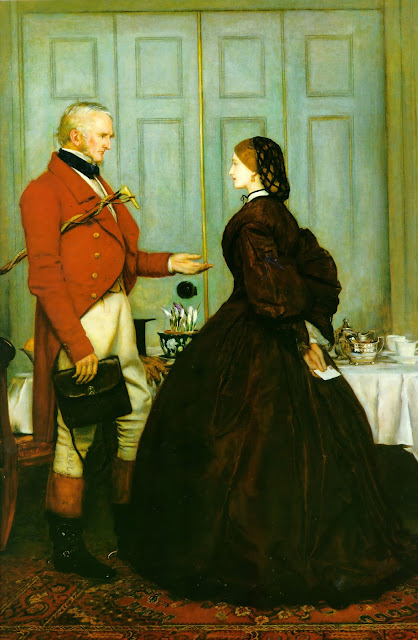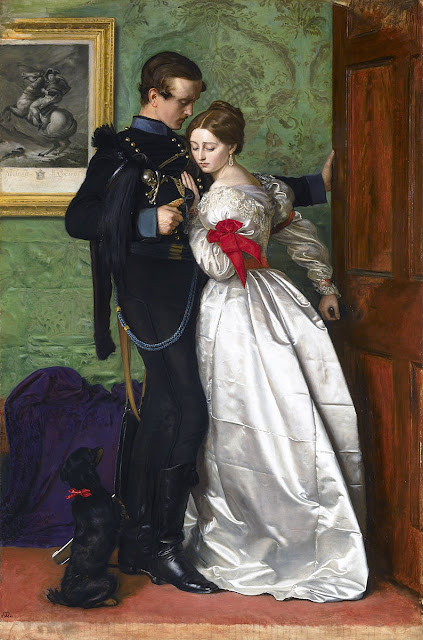The Lovers by René Magritte (Interpretation and Analysis)

The Lovers Source: Arthive To celebrate Valentine’s Day, I want to share a rather strange image of romantic love: The Lovers by René Magritte. Magritte was a Surrealist artist who is well known for his bizarre and witty paintings. While he typically painted in a Realistic style, Magritte’s work challenges viewers by placing everyday objects in strange contexts. The contradictions in his art force viewers to examine their understanding of the world around them. Famously, Magritte noted that he wanted to “make the most everyday objects shriek aloud” in his work. This desire to make the familiar unfamiliar can be seen in The Lovers . The painting depicts a close-up of a kissing couple. Bizarrely, cloth covers the heads of the two lovers, completely shrouding their faces. In many ways, The Lovers is a conventional scene; however, the hidden faces make the painting strange and disconcerting. Like many of Magritte’s paintings, The Lovers subverts the viewer’s expectations. The idea of ...



